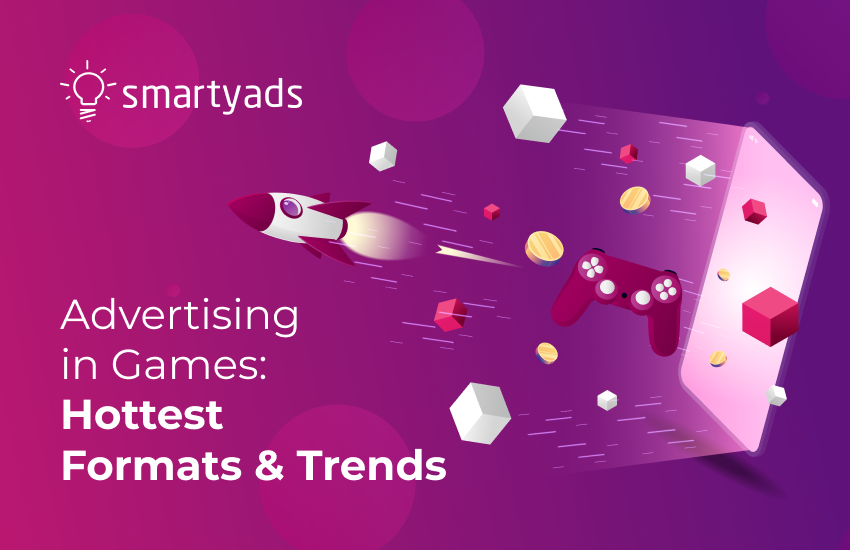The video game market is now as diverse and competitive as the food or clothing market. Video games help people distract themselves from reality, learn something new, and socialize. It's hard to believe that the first video game was created more than 60 years ago to visualize the experience of playing ping-pong.
Back then, it was just a display with an electron-beam tube that showed a side view of a tennis court, with two lines: one representing the ground and the other representing the net. The ball was just a dot that bounced back and forth. Now, games have become much more colorful and evolved. They come in different formats: mobile games, computer games, VR games, and console games. Each of these formats allows you to place advertising in video games.
Over 40% of Generation Z and Millennials spend more time gaming
In-game advertising is a topic of great concern to marketers around the world, as the gaming industry market continues to experience significant growth, which began back in the 70s. The global pandemic of Covid-19 further fueled the popularity of the gaming market among almost all user groups.
Global trends have shown how isolation has increased the consumption of home media, especially mobile and PC games, mainly among the younger generation. For example, more than 40% of Generation Z and Millennials have increased their time spent playing mobile games during this time of crisis.
Even if you are far from the world of video games, you have probably heard something about Animal Crossing or Among Us. Or maybe one of your friends couldn't stop talking about "the huge gorgeous woman from Resident Evil Village."
In any case, people spend a lot of time playing games. According to a report from Statista, people spend the most time playing games in China: more than 12 hours a day on average. The global average ranges around 8 hours. That's as much as an adult needs to sleep. And during that time, people can consume in-game ads. And programmatic in-game advertising will help reach them.
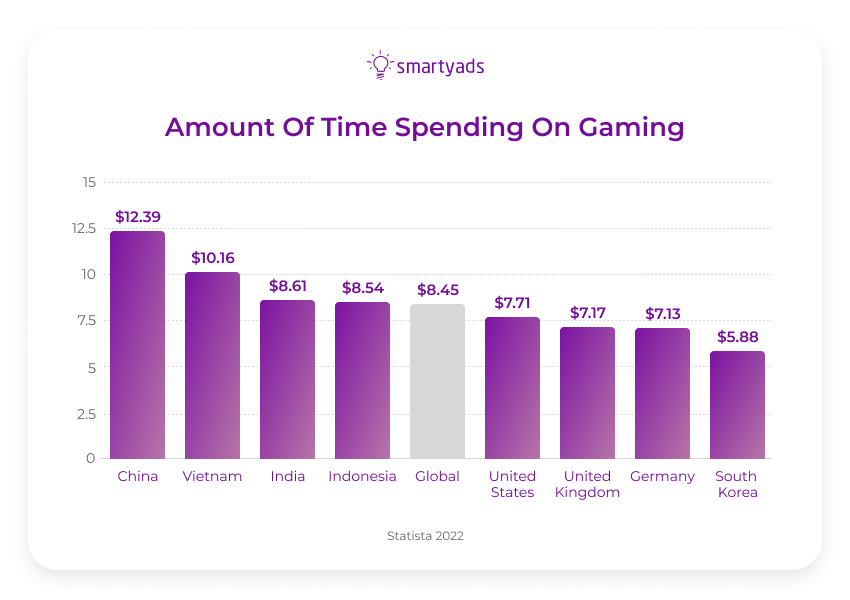
Why you should invest in advertising in video game
Coverage
The in-game advertising space is a great and universal platform for digital advertising and it's not yet as mainstream as social media or search advertising, so you'll at least increase your reach and brand awareness.
Targeting
In addition, you can set up targeting for a wide variety of audiences. Stereotypically, gamers are seen as lonely and antisocial teenagers and men. However, this stereotype has long ceased to have any connection with reality (if it ever did).
First of all, those who were once teenagers obsessed with games have grown up and have children of their own (who most likely also play video games).
Second, the stereotype that games are an exclusively "male" hobby has been debunked from the beginning. Here, you can see that a significant portion of users who identify themselves as women have always played games. In 2022, already 48% of gamers in the U.S. are women.
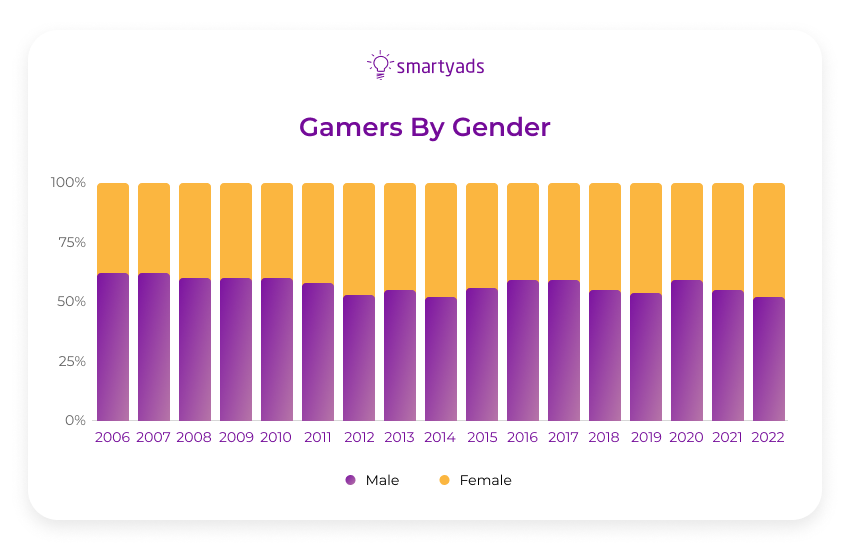
Video games are a great tool to appeal to any target audience. Multiplayer online games are gaining popularity and many gamers prefer to play with their partners or friends. And this opens up a huge opportunity for brands whose products are designed for this audience segment.
Optimizing
Just like any other programmatic advertising, programmatic gaming advertising allows you to optimize campaigns at any time. You can make changes to the ad campaign as soon as it launches. In addition, programmatic in-game ads offer great settings for personalizing content, enabling you to address each user individually through a mobile game.
Collecting data for analysis
In-game advertising allows you to learn a lot about your potential customers while they are playing video games. For instance, you can gather data on how much time they spend in a game, what games they prefer, and their typical gaming profile. With this data, you can constantly improve your gaming advertising offers and increase the number of conversions.
What kind of ads is best for gamers: the rules of in-game advertising market
Gamers are sociable and quick to judge. Video games require an inquisitive and agile mind, as there is a constant need to make some decisions to move forward with the game. That's why gamers are one of the most active audiences on the Internet, they are used to acting always and everywhere.
Gamers are savvy and influential. According to an Anzu study, 51% of gamers give advice to others, and 47% influence others. 46% try to be the first to learn about new things, such as new technology and new fashions.
Video game advertising allows you to reach an influential gaming target audience in an evolving industry with the right advertising messages. And gamers have buying power; those who play more than 10 hours a week have twice as much disposable income as non-gaming players.
Many marketers, after reading a few articles about in-game advertising, dive headfirst into it, hoping to find a treasure chest or, at the very least, gather precious pearls in a fruitful place. However, not everyone considers that advertising in the gaming industry has its own characteristics, and understanding how gamers think and their habits are not just worth taking into account; it requires working with them very carefully and attentively.
For example, many advertisers focus exclusively on in-game ads, forgetting that there is also an out-of-game community — meaning the same gamers, but the video ads are aimed at them outside the game on different, more familiar platforms.
Brands often cooperate with game developers, but it may be unprofitable to simply put their logo or advertising banner in the game. Therefore, variants of combining in-game ads with out-of-game advertising campaigns are being developed.
For instance, players can participate in sports games or racing games sponsored by a certain brand and be rewarded with, let's say, a discount coupon for products of that brand. This increases the player's involvement and motivation to use the products of that particular brand.
However, when developing such advertising campaigns, you should remember a few important rules:
- Gamers are very appreciative when advertisers use local gaming memes in their in-game advertising campaigns. However, you should definitely consult with the gaming community because a meme used in the wrong context can ruin the whole campaign.
- As we have already mentioned, gamers are inquisitive people, and they value openness and transparency in campaigns. You should not bury additional terms and conditions of the ad campaign in the very small print; it is better to lay out everything clearly at once.
- Avoid using overly formal language. Game developers are incredibly creative people, and gamers are accustomed to interesting solutions and concepts in games. This adds to the challenge for marketers, who need to maintain a creative approach in video game ads and show users that they can be creative too. All in all, gamers can be hard to please, but if you manage to do so, they can become your most active allies.
Where to launch an advertising campaign
The virtual world of video games is vast, and it's difficult and very expensive to cover it all in a single advertising campaign. Therefore, many marketers wonder which gaming device to target. Of course, it all depends on the users you're targeting; conducting an audience analysis before launching a campaign is crucial.
However, if you need a universal tool to attract customers or a way to increase brand awareness, then mobile is undoubtedly the best choice.
Mobile gaming is growing as fast, or even faster, than PC or console gaming. People play games on their way to work when they are bored waiting to meet friends at a coffee shop, during their lunch breaks, and more. Being able to take your smartphone anywhere opens up a huge potential for mobile gameplay, as gaming is a good way to pass the time or engage yourself with something while waiting.
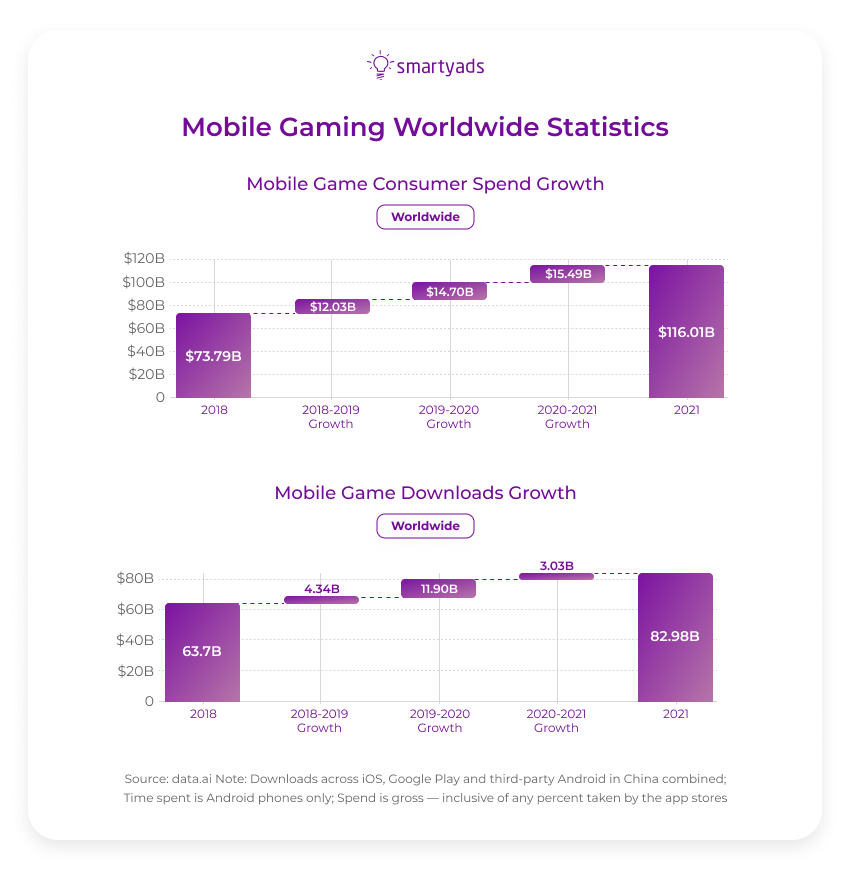
In addition, many popular PC games are optimized for mobile game versions. Sometimes, this can affect the usability of the gameplay, but it doesn't deter fans who want to have the game with them everywhere.
So it turns out that a huge percentage of players mostly use smartphones to access online video games. To be precise, in a 2022 survey, 70% of gamers in the United States said they use a smartphone to access video games. The second and third most popular were PCs and gaming consoles, correspondingly.
Therefore, one of the most universal and profitable options will be in-game advertising on mobile devices. You can learn more about trends and the most popular games of 2022-2030 here.
Types of in-game advertising
Static in-game advertising
Static advertising is programmed directly into the game during the development phase. Ads in static in-game ads cannot be changed. Similar to product placement in a movie or music video, static ads often appear on in-game billboards or signs. Considering the fact that these gaming ads cannot be altered, they are not as popular as dynamic ads.
However, static in-game ads or in-game product placement continue to rise because new iterations of previously released games provide more options for customizing them. Static ads are expected to generate $6,365.3 million in revenue by 2028.
Dynamic in-game advertising
Dynamic in-game ads are banners displayed within the gameplay that can be updated in real-time. Dynamic in-game advertisements give advertisers greater flexibility and easy scalability. They can also be used to geo-target users who have subscribed to the newsletter.
Formats of in-game advertising:
Video ads
The video ad format is one of the most successful in any media, but in the gaming space, it takes a very special place. A simple video ad can effectively showcase other games that are getting promoted (while featuring other mini versions of gameplay).
In-game video
These are gaming ads that the user sees before loading the game or between levels. Usually, some of these ads can be skipped, but some of them must be viewed. Such ads have an excellent view rate, but not a very high conversion rate. They are suitable for brand awareness campaigns.
Video with a reward
In this format, the player often has the choice to watch the promotional video or not. If they choose to watch, they can receive rewards in the form of in-game resources.
This advertising format is very popular among developers since it doesn't distract the user from the gameplay; instead, it increases their involvement in the game and improves the overall gaming experience.
According to statistics from ironSource, reward videos motivate players 6 times more often to make in-app purchases. And another 76% of mobile gamers in the U.S. prefer video ads with rewards over banner ads.
Playable video
Playable ads are free-to-play games usually presented as teaser videos that demonstrate the features and gameplay of a game app. This preview allows the user to understand whether they need to download a particular app, and due to its interactivity, the ads are not annoying and increase the user's engagement level.
This approach helps to reduce the ratio of app deletions to installs and increase retention.
Like regular native ads, in-game native ads are tailored to the interface and embedded in the game structure itself. They are unobtrusive enough to avoid annoying players, yet they are quite efficient as they essentially serve the functions of banner advertising, but more effectively.
Coverage and time of display are essential indicators for such advertising.
Audio ads
A lot of users prefer to listen to their favorite playlists or podcasts instead of in-game music while they play.
Many gaming consoles now have the Spotify music streaming app pre-installed. So, if you set up gaming ads on the console, but through Spotify, that's just the kind of out-of-game ads you get.
This is a very familiar advertising format for all marketers, and, of course, it is also present in the mobile gaming industry.
Block banners
These are small rectangular banners that are placed at the bottom or top of the screen. Unlike dynamic in-game ads, these gaming ad units usually do not interact with the gameplay, and the background remains unchanged during the game. When choosing this type of advertising, it is essential to pay attention to the timing of the display of the banner, as the user needs time to be distracted from the game and pay attention to the advertising.
Cross-page banners
These are banners that unfold to cover the whole screen during different transitional moments of the game, such as when reaching a new level or changing location.
Such banners are pop-up ads and can be closed (sometimes only after a certain time). They are also an effective option for in-game advertising because the user will see your gaming ads regardless.
How to launch in-game ads
To launch in-game advertising, you can contact the developers directly and place ads in the game's interface during the development stage, as Barack Obama did, for example, to promote his election campaign in 2008 and 2013.
You can also engage in advergaming, which means sponsoring a game that will consist entirely of symbols or products related to your brand. This is a very interesting but extremely expensive strategy.
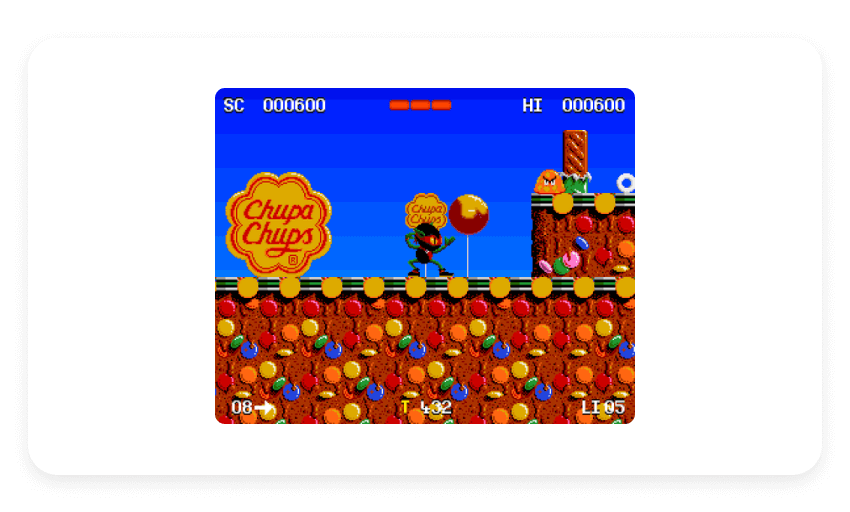
However, the easiest and fastest way to run in-game advertising would be to turn to the Demand Side Platform (DSP). This is a programmatic advertising platform that allows advertisers to place their ads and set up the desired target audience and channels, and the system itself selects suitable publishers and the time of display ads that match the time of activity of an advertiser's interested user.
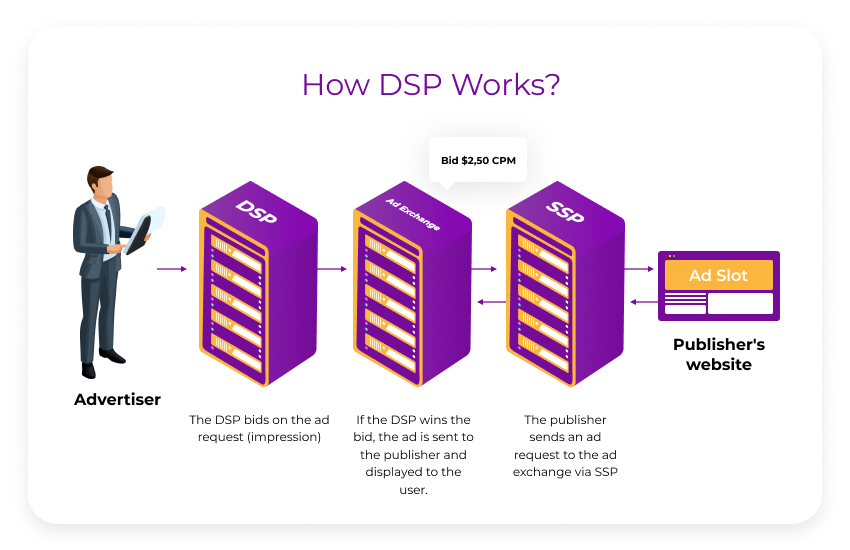
Bottom Line
Video game advertising is a fascinating prospect because the video game market is continually and strongly growing. Today, in-game advertising allows you to reach a wide variety of users and takes many different forms and formats. With its help, you can achieve a variety of goals in your marketing strategy.
Cooperating with game development companies can be challenging, as many games have complicated mechanics (or extremely principled developers), but in the end, the results are worth all the effort. Keep in mind the trend of the global dominance of mobile games and launch your first in-game campaign with SmartyAds.
Launch an in-app or in-game campaign on SmartyAds DSP!
